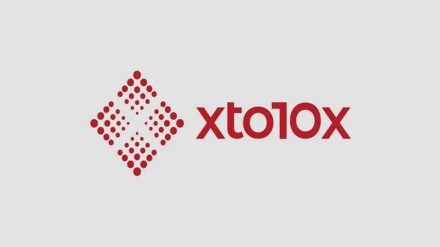As the funding winter on the startup ecosystem thaws and large deals get back on the table, there is still a lot of conservatism about money, which is a good foundation for the ecosystem, Neeraj Aggarwal, co-founder and COO of scaling platform xto10x, tells Ayanti Bera. Excerpts:
Q. What was the idea behind starting xto10X, and what gap in the startup ecosystem were you looking to address?
A. Saiki (Saikiran Krishnamurthy), Binny (Binny Bansal), and I had previously worked together at Flipkart. In 2019, when the startup ecosystem in India was still reasonably young, many founders used to reach out to Binny to discuss their scaling challenges. He realised that all these startups that were reaching out to him for advice had one thing in common- they lacked operating depth. Startups didn’t have enough leaders who had spent enough time in startups to understand the challenges these companies face. This insight led us to build an operating company that helps startups scale better and more effectively.
Q. How were your interactions with founders in the early days of setting up xto10X?
A. Every morning we would meet for breakfast at Binny’s place with founders and discuss their journey and the 2-3 big challenges they were facing. Those conversations were worth their weight in gold. They gave us a good starting point for areas that we wanted to focus on. Then we launched Founders’ Academy, which is a cohort-based programme, in the middle of 2019. We had companies like Meesho, Spinny, Razorpay, Groww, and Licious, who were the early adopters. The programme was aimed at helping founders understand the 10 pillars that were important for them to get right such as organisational design, company operating system, people and culture, operations excellence, tech and product, growth, and marketing. We ran masterclasses on all these areas.
Q. How did the startup ecosystem evolve in the years before the pandemic?
A. In the pre-COVID years, there was decent growth. Every year 30-50 companies were being incubated and launched. We didn’t see explosive growth in the startup ecosystem until 2020. Then COVID hit and suddenly everybody had to focus on surviving. That year from September onwards, the ecosystem saw crazy money being pumped in. From September 2020 to June 2022, I had never seen the ecosystem the way it was. The number of companies that were getting funded and the amount of money people were raising were going through the roof. In those days the only thing that people spoke to us about was growing and hiring faster.
Q. Then what changed during the funding winter?
A. From June 2022 till the second half of 2023, funding dried up, and everybody was overvalued by an order of magnitude. If they had to raise money, they had to take a big haircut on their valuation, which founders were not ready to do because that meant diluting their stake. So they realised the only way to survive was to cut down costs dramatically. During this period, the only problem statement people came to us with was to save costs. By and large, the ecosystem responded well to that massive crisis and companies became structurally much better as a result of that. So by 2023 end, their profit and loss statements made a lot more sense.
Q. Where does the ecosystem stand today?
A. Last year, the focus shifted dramatically to going public, thanks to the string of successful IPOs. Overall, founders are becoming much more careful about building sustainable P&Ls. Growth at all costs is completely out of the window. The diligence on how you spend the money is also very high now, which wasn’t the case at all 3-4 years ago. There is a lot more conservatism in the ecosystem about how you spend your money. This is a good foundation that the ecosystem has reached.
Q. How many companies have you worked with so far and what’s the size of your team?
A. We have worked with about 550 companies in the last six years. Most of them, around 430-440, were in India, about 50-60 companies in Saudi Arabia, and about 25-30 companies in other parts of the world such as South East Asia. Currently, we have 70 full-time team members and many part-time experts for the masterclasses.
